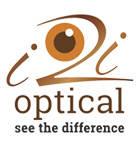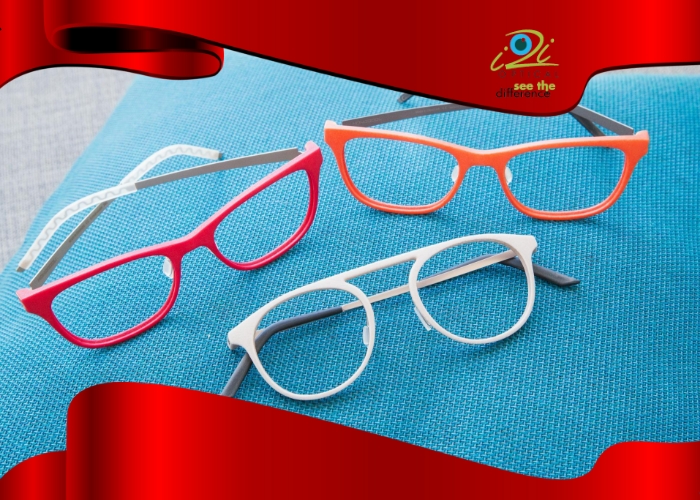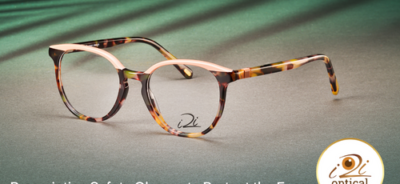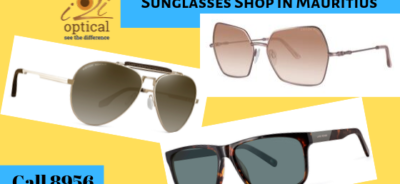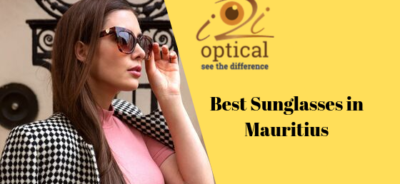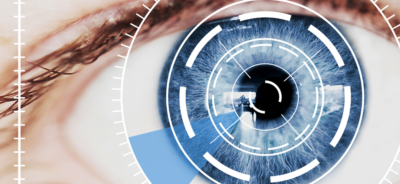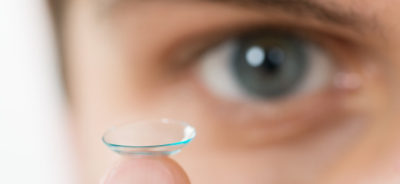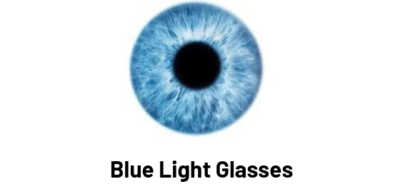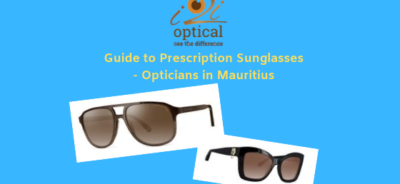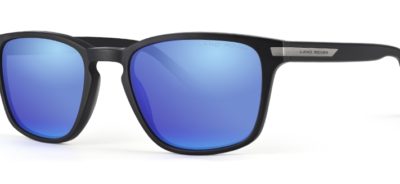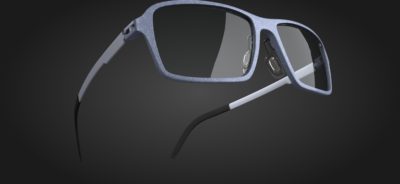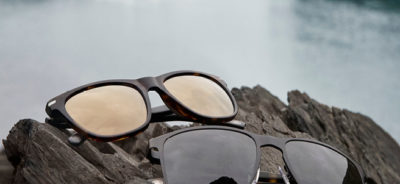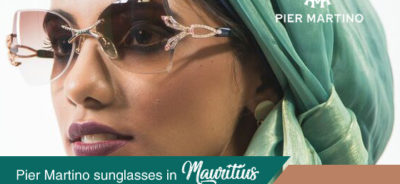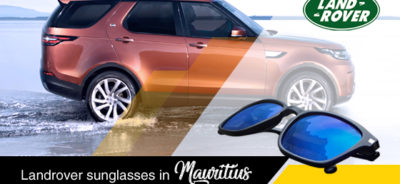Impact of 3D printing on global business | 3D Printed Glasses in Mauritius
We have been recently introduced to this awesome 3D Printed Glasses from Monoqool. These innovations have no doubt helped us in changing user experience. It was just five years back, 3D printing technology became the main reason for a toy designing company to get back to the business. Now this technology of creating prototypes and generating production is the main force behind this company’s growth. With the help of celebrity artists like Jason Freeny, who is famous for XXRAY designs of superheroes has also helped Mighty Jaxx in reaching more than 50 countries with his awesome products. The company has won various accolades, including the grand prize of FedEx Small Business Grant Contest and Brand of the Year in the 2017 Designer Toy Awards.
Additive manufacturing commonly known as 3D printing is not that new. It started around early 1980s. Earlier it was mostly considered as a science fiction thing but now slowly this has been considered as a viable technology which transforms prototype that helps in making production process across a wide range of industries. Though it got media and consumer attention around 2014, this innovation is still reshaping innovation, for large scale and also small scale business houses.
Prototype and More | 3D Printed Glasses
Prototype is just one of the options, the eyewear company Denmark named Monoqool and FedEx customer uses 3D printing for developing eyewear frames. The technology has become the basis of Monoqool. They use a nylon named polyamide to make this eyewear which is sold through different optical stores in 20 countries. “When you produce in a conventional way in China or Japan, you have to accept huge minimum quantities — maybe 300 or 500 or 1,000 pieces per shape of frame,” says Allan Petersen, the company’s founder. “But in our case, in principle, we can produce just one if we want to. And when we make the frames, it can be 100 or 200 different styles of frames.” These 3D Printed Glasses are not only user friendly but also suits every face and style .
Another advantage of 3D printing is the speed. “If you make a collection in a conventional way, you start your work 12 months ahead, but we can do it in a shorter time,” Petersen says. The most important advantage of 3D printed eyewear by Monoqool is related to its design. The technology has helped to develop the lightest and thinnest frames that weighs around 4 grams as compared to 20–30 grams for glasses in general. This also ensures for more designing freedom. It’s the ability to improvise the frames to the best of its ability which does not have screws or soldering.
Monoqool is working with Dutch company SFERED to create 270-degree scanning system (scan the frontal side of everyone’s face till the back side of your ear) and thereby scale up the level of customization of your eyewear that perfectly fits your face by connecting with the library of frames. The frames derived can then be fine tuned for the better shape, style and color. After that an order is placed and therefore the frames get printed and shipped within with 20-30 days. A version of this following system is now being used in some of the out lets in Netherlands.
Advent of a Fresh Model
It’s very evident that all innovators want to invest in their own 3D printers. This process replicates decreasing prices, with a model aptly named STARTT costing only $100 — for budding innovators, the technology is heading more toward a 3D printing bureau model. Through this concept, the bureaus are capable and can afford expensive machines that helps to print and ship customized frames quickly. These 3D Printed Glasses are cost effective and user friendly way to accentuate your look.
Fabrication laboratories has taken the idea a step further. It was created by MIT Professor Neil Gershenfeld in the year 2001. This Fab Labs provide easy access to this technological innovation, which includes 3D printers and laser cutters, related tools and software. There are now nearly 1,200 Fab Labs in more than 100 countries — many located at community colleges.
FAB City an initiative of Fab Lab has taken 3D printing to the next level. Their goal is to develop local production and globally connect self-sufficient cities. The concept of 3D printing and the FAB City are “less wasteful and more resourceful,” Petch says.
According to Petch 3D print will magnify in terms of speed, volume and quantity. This will also help in developing more content that is connected to daily needs of consumers. This will help in making various products more available to consumers. Multi National Companies like GE ,HP etc are also investing huge sum of money in this sector,. This is likewise enabling significant changes in material science that empowers bigger machines and faster printing. The presence of 3D printing facility will help in developing the average consumer usage and will make products readily available in the market. So the new age market and consumer will be benefited with this product inflow.
i2i Optical Mauritius is ready with its contribution in this new age innovation. You can visit our Curepipe or Port Louis Optical Outlet for amazing collection of 3D printed Glasses . i2i Optical has exclusive collection of Monoqool Eyewear. Visit our store for more details of the product.

